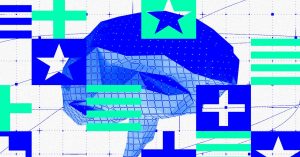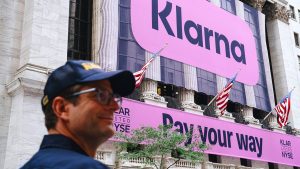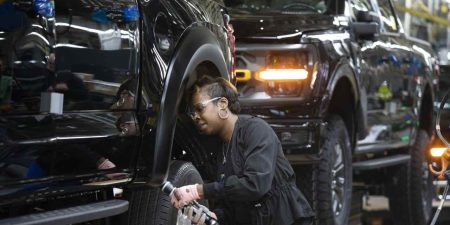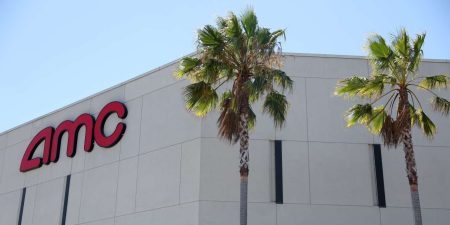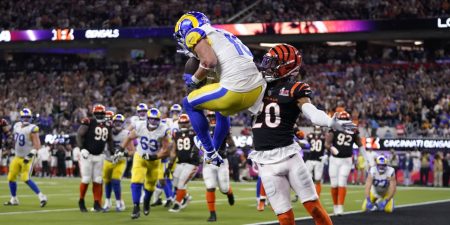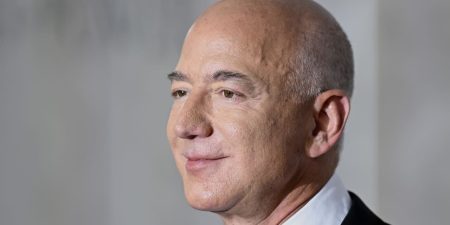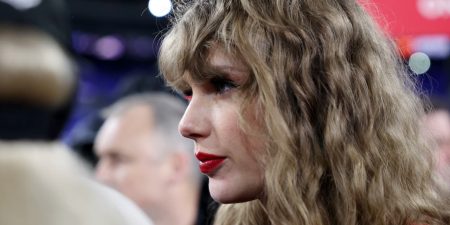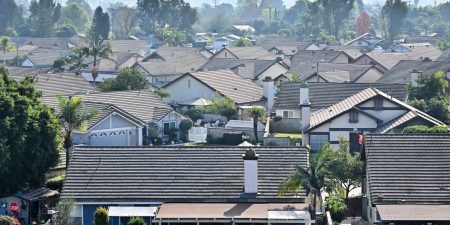The first half of 2023 has been a whirlwind, with unexpected market trends and economic indicators challenging forecasted outcomes. At the end of 2022, the common narrative predicted an imminent recession and a further dip in the stock market, primarily due to the Federal Reserve’s continued hike in rates and companies facing margin pressures. However, the reality has been far different, with frenzied excitement around artificial intelligence sparking a surge in major stock indexes driven almost entirely by eight stocks seen as good AI plays.
The AI narrative propelled the Nasdaq Composite to its most robust performance ever for the first half of a year. However, The economic outlook remains mixed, with experts struggling to agree on where the economy is headed in the latter half of 2023 and what that will mean for the stock market.
The Economy Vs. The Market
While the U.S. stock market has been rallying in the first half of the year, economic indicators have been deteriorating at an accelerating pace. In the face of the fastest rate hiking cycle in history, consumer spending and particularly employment have remained remarkably resilient, leading many investors to believe we may have already seen cycle lows in major stock indexes. Additionally, the stock market is generally thought to be forward-looking; therefore, the strong performance of major stock indices has only bolstered investor confidence, pushing consensus views toward the belief that the worst is behind us and we will have a pillowy soft landing.
The market and the economy function separately and often diverge widely. At extremes, the stock market is ultimately forced to respond to economic realities, which makes short-term market performance a poor barometer for the future health of the economy or the stock market, especially during what looks to be a protracted bear market.
Investors would be wise to be cautious; protracted bear markets are a process littered with crashes followed by strong rallies that can take years, not months, to reach their ultimate conclusion. For example, during the tech crash, between early 2000 and late 2002, the Nasdaq had eight sustained rallies of at least 20% and two rallies of 52% and 56%, respectively. All this is to say that focusing on short windows of stock market performance tells us little about where the economy or the stock market is headed in the second half of the year. If, when, and how deep a recession may be will determine if we see more stock losses or a return to all-time market highs and beyond.
A Delayed Recession Should Not Be Surprising
Historically, interest rate hiking cycles are a precursor to recession. In nine of the last 10 recessions since 1954, rate hiking cycles immediately preceded the start of a recession. With the record speed of this interest rate hiking cycle and the 12- to 18-month lag that rate hikes take to filter through the economy, it is not statistically surprising that we have not entered a recession yet.
Chair Jay Powell has repeatably stated the Fed believes it needs to slow consumption to achieve its target inflation rate of 2%. The labor market is still extremely competitive despite monetary tightening, leading to significant wage growth that is helping to support elevated consumption levels, and making inflation potentially difficult to moderate all the way to the Fed target. To stabilize inflation, unemployment will likely need to rise materially, which usually only happens during a recession.
Even though Fed policy seems designed to spur unemployment, many investors argue the persistently low unemployment the economy is experiencing is another indicator that a soft landing is likely. However, history again shows unemployment does not begin to rise meaningfully until a recession has already begun. In 10 of the last 12 recessions going back to 1948, unemployment did not begin to rise until a recession had already started, and in the other two cases, unemployment began rising about six months before the official recession began.
To avoid a renewed burst of inflation similar to what happened in the 1960s and 70s, the Fed has indicated it intends to hold rates high for an “extended period.” Given the 12- to 18-month lag in rate increases flowing through to the economy, holding rates at elevated levels makes a recession more likely and could deepen and extend the market bottoming process.
Another consideration is government spending offsets the impact of rate hikes. Given the dramatic increase in direct government spending through Covid-19 relief legislation (which is winding down), the Inflation Reduction Act, the Infrastructure Investment and Jobs Act, and the CHIPS Act, we may be seeing the impact of these spending programs in slowing down the onset of a recession and increasing lag times in monetary policy response.
Is A Recession On The Horizon?
Using history as a guide, a recession in the ladder half of this year or early next year seems probable. Of course, a soft landing is possible, but investors should position for the most likely outcome and ignore economic narratives.
Historically, the stock market peaks just before a recession and troughs before the end of a recession. If the markets follow historical norms, we may expect a decline in the near future. There are times to be greedy and times to be cautious; history says to be cautious in these markets.
The current environment makes 5% yields on near riskless short-duration treasuries very attractive while waiting for more clarity around the economy’s direction and, by extension, the stock market over the medium term. In this rising rate environment, for the first time in almost two decades, there are other places for investors to look for returns outside of risky stocks.
Read the full article here

